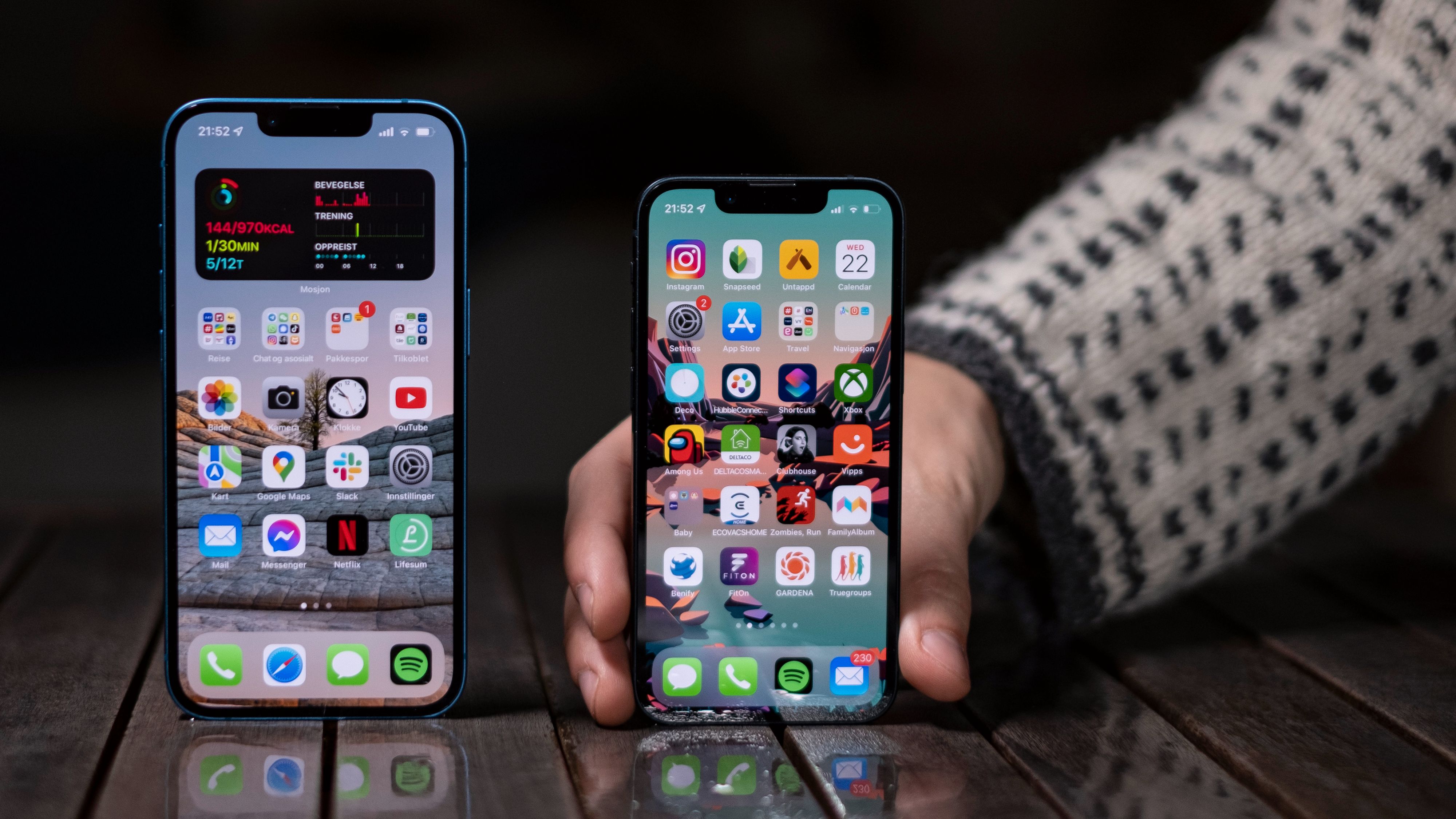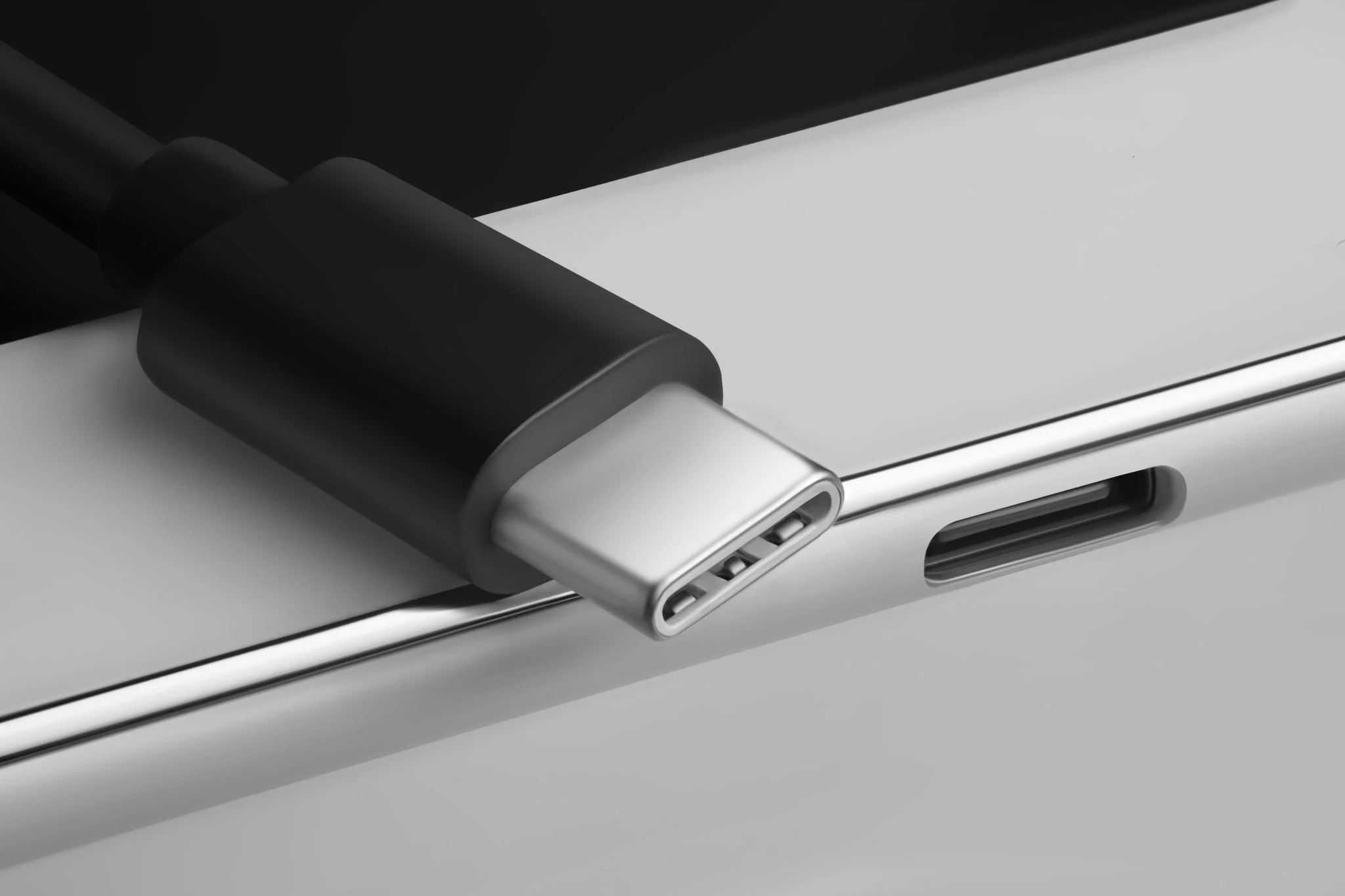It’s hard to fix iPhones without Apple’s help
FaceID stops working when switching screen.
Apple’s methods have always been controversial, and somewhere controversies have been queuing since the earliest iPods fixed the gadgets they make. Recently, there has been a lot about the so-called “right to repair” – that is, the opportunity for you to repair defective products yourself, either on your own or with the help of a local workshop.
Critics believe Apple intentionally makes it difficult for some of its products – for example by using special types of screws and very different types of screws in the same product. currently iFixit Milder It’s getting harder to fix iPhone 13. This is where face recognition stops working when changing screens.
If the repair will give you a fully functional iPhone after that, you will need to turn off the small solder and place it on a small computer chip under the microscope.
It’s a dark day for repairmen, both home workers and professionals. One of the most popular cell phone repairs that can be easily done with regular tools now requires a microscope. This means that you cannot fix the iPhone screen on your own without destroying important functions, iFixit writes.
The reason this happens is because the screen came with said computer chip – it’s specifically paired with the iPhone. Without the correct chip in the screen, the security function of the phone will not work.
The solution for Apple-approved garages is to notify the manufacturer of a screen replacement, which then sends a new “coupling” between the chip and the mobile. For Apple workshops and workshops that are part of Apple’s approval solution, this is as simple as using a program.
For everyone else, the only “solution” now is to solder the old chip off the old screen and put it back on the replacement screen. Because of the small size and relative complexity of the welding job, this is not something anyone can do.
If this status gives you deja vu, it’s not too strange. In 2016, it caused quite a stir when Apple did something similar with its finger sensors – Touch ID. Not only will the finger sensor work if it is replaced, but the phone will also display an error message known as “Error 53” afterwards.
The error message was reasonably critical, because it sent iPhones in what’s called a bootloop, which means it turns on and off in an eternal dance without letting you use the phone.
Apple once claimed the bug was the result of a security check that was supposed to protect users, but eventually apologized for the problem and said that bug 53 was never aimed at end users. An update that cleaned up the worst issue that ran out as well – even if the finger readers weren’t activated.
iFixit also notes that Apple has repeatedly sat in the scissors to make repairs more difficult than necessary, and points out that today’s problem isn’t one that should ever occur — because the FaceID sensor isn’t stuck in the screen. The two components are completely independent of each other, and the new screen only appears with the glass covering the sensors – not the device itself.
They also report that this will change the small workshop industry forever – since affordable screen repairs are part of what they are based on.

“Web specialist. Lifelong zombie maven. Coffee ninja. Hipster-friendly analyst.”




